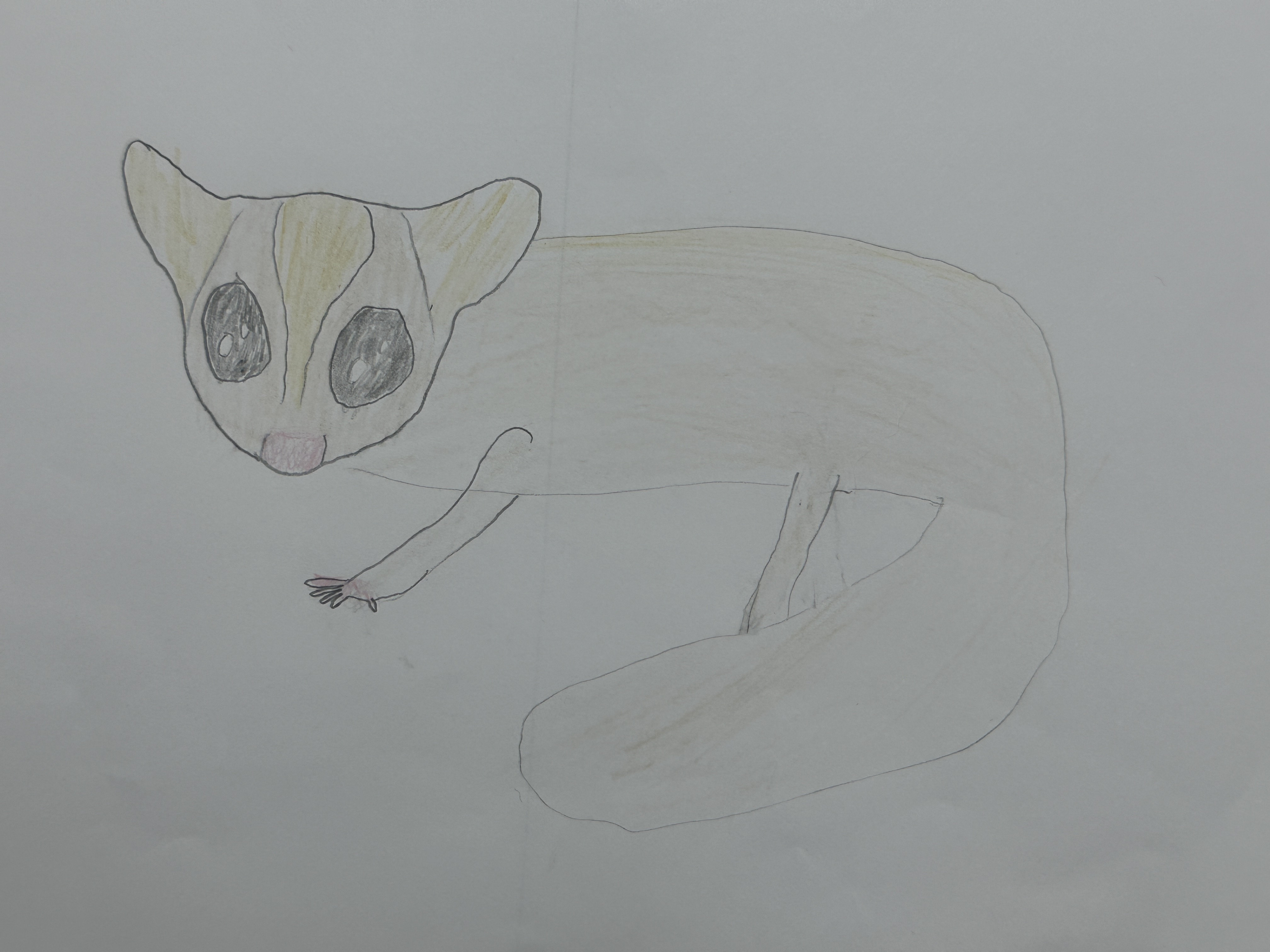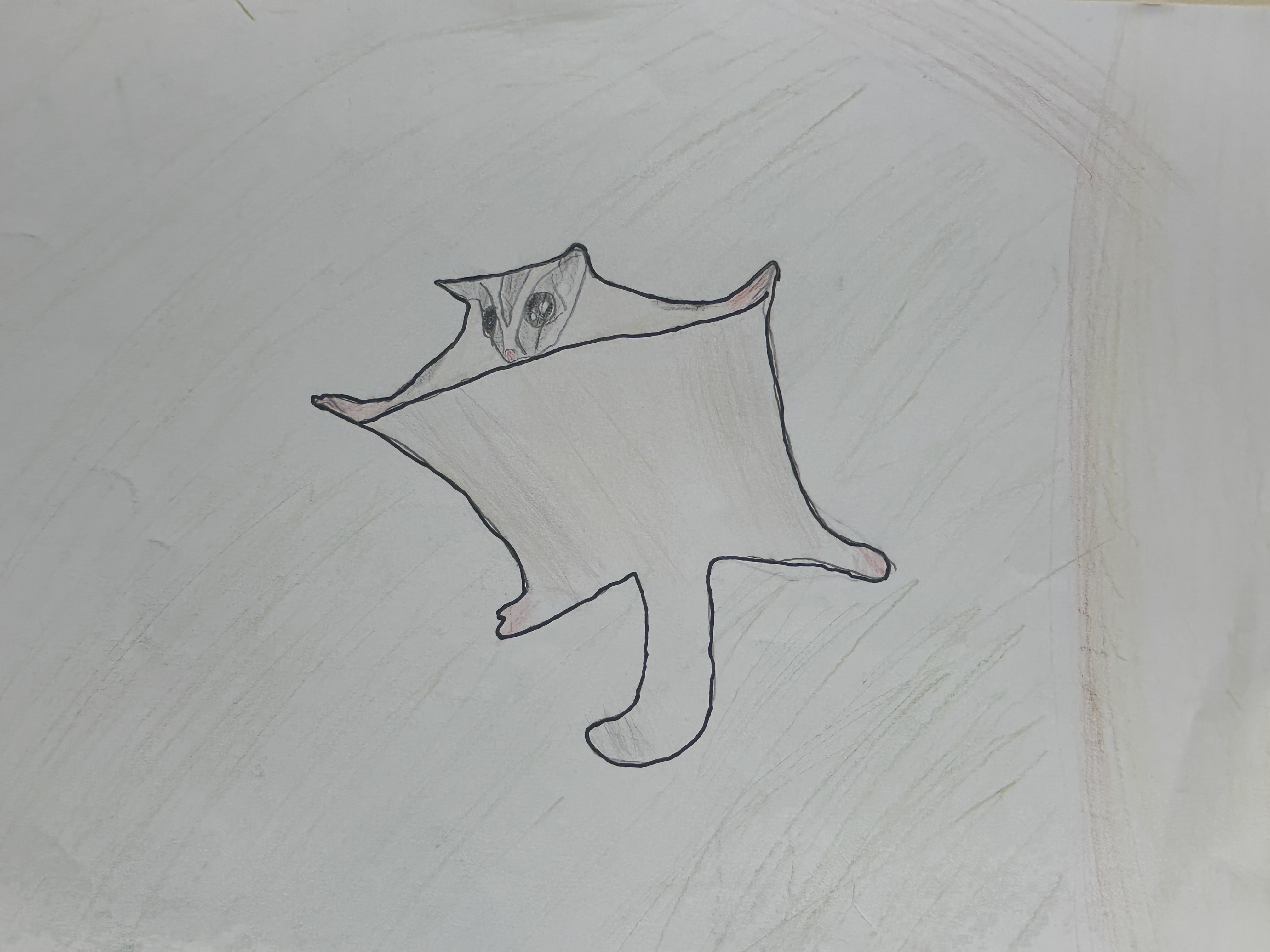The Sugar Glider, renowned for its aerial finesse, glides between trees, using its limb and tail membrane as a rudder, while consuming sap and insects. However, the imminent threat of deforestation in Northern Australia endangers its arboreal lifestyle. Nearly 2000 square miles of forests disappear annually, compelling the Sugar Glider to adapt to a ground-based existence. Faced with diminishing trees, these gliders might undergo changes, developing a tan/orange fur instead of the original white and gray, growing larger with formidable claws, and adopting a carnivorous diet to prey on small rodents for survival. This dietary shift could induce aggressive behavior as a self-defense mechanism. Additionally, to counter the risk of extinction, Sugar Gliders might modify their reproduction methods, favoring asexual reproduction and producing larger litters. These adaptations serve as survival strategies in the challenging environmental conditions they confront, offering a glimpse into the potential transformations of this unique mammal.
Contact us
Thank you for your interest in contacting Future Engineers. We look forward to connecting with you!
General Inquiries
support@futureengineers.orgSponsorship Inquiries
sponsor@futureengineers.org

